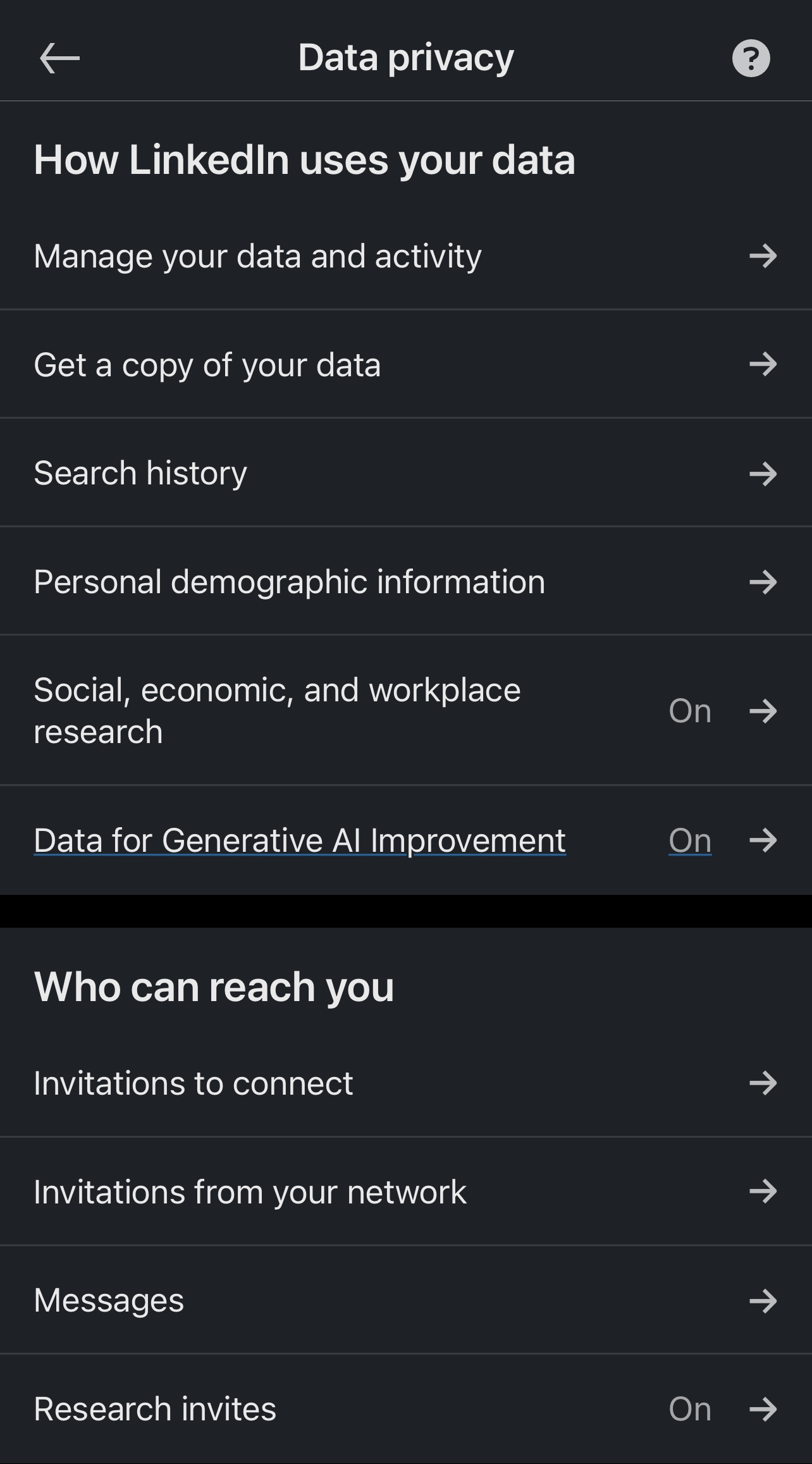LinkedIn has quietly implemented a new setting that automatically opts users into contributing their personal data towards the training of generative AI models.
Without any prior announcement or consent from its users, the social networking platform is now using user-generated content to enhance its AI tools.
Users can, however, opt out of this arrangement by navigating to their account settings. Under the ‘Data Privacy’ section, a feature labelled “Data for Generative AI Improvement” allows individuals to disable the use of their data for AI training.

While this stops LinkedIn from using your data in the future, it does not reverse the use of information already processed for this purpose.
This issue has led to complaints regarding transparency and user autonomy, particularly as LinkedIn rolled out this update without making a public announcement.
Users argue that defaulting users into such programmes without their informed consent is a violation of privacy. In response, LinkedIn has added details about its generative AI practices to its privacy policy, which now explicitly states that the platform may use personal data to develop AI-driven services and insights.
The company claims it employs privacy-enhancing technologies to anonymise or redact personal data from its AI training sets. However, some users remain uneasy about the potential misuse of their data, particularly given the broader concerns over privacy in the digital space.
Notably, LinkedIn has confirmed that the use of personal data for AI training does not affect users residing in the European Union (EU), European Economic Area (EEA), or Switzerland due to stricter data protection regulations in those regions.
Users outside these regions who wish to prevent further use of their data must manually opt-out.
Apart from generative AI, LinkedIn also relies on machine learning for content personalisation and moderation.
Opting out of the generative AI training does not exclude users from other data-driven activities unless they also submit a LinkedIn Data Processing Objection Form, which offers more comprehensive data protection.







Comments 1